Is it okay for a mattress to have fiberglass? A sleep editor investigates
I asked mattress manufacturers and medical professionals how to tell if your mattress contains fiberglass – and what to do if it does
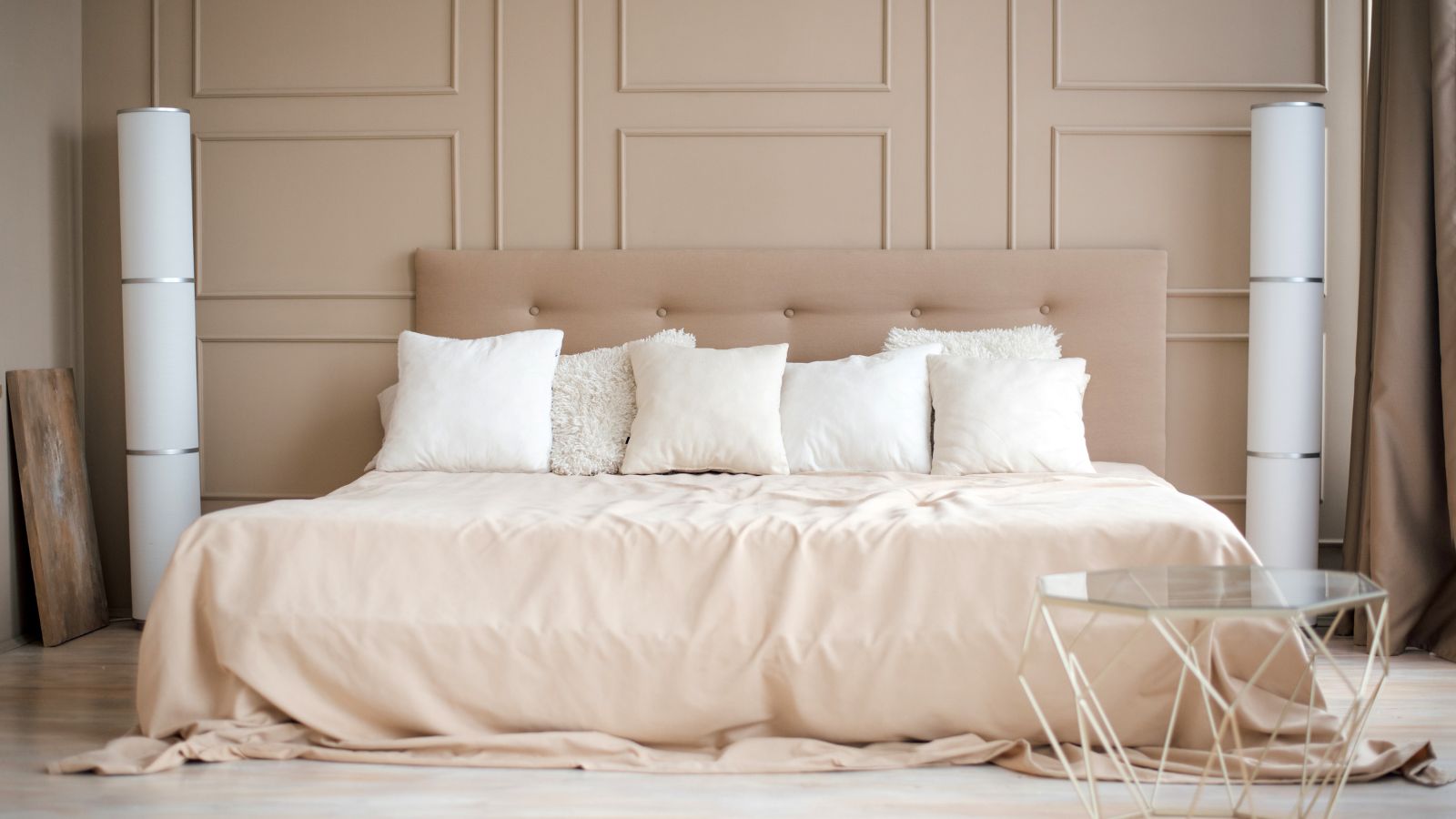

As H&G's resident sleep writer, I'm often asked: 'is it okay for a mattress to have fiberglass?' My answer is more complicated than a straightforward 'yes' or 'no'. Commonly used as a fire retardant, fiberglass threads can't hurt you from inside your mattress, but they can break down and become airborne, irritating your airways and scratching your skin.
You can't tell whether your mattress contains fiberglass just by looking at it. Unless you scour the specifications or double-check the care tag, you might not notice any reference to fiberglass in your mattress.
That's where I come in. I lead a team of expert testers in the search to find the world's best mattress. As part of our in-depth, at-home review process, we like to unzip the mattress cover to investigate the internal materials – that is, unless the mattress contains fiberglass. That's when I take action to prevent an outbreak.
Is it okay for a mattress to have fiberglass?
I asked a panel of medical professionals and mattress manufacturers to tell me more about fiberglass − why it's used, the threat it poses, and how to tell if your mattress has it. I've also picked out a few of my favorite fiber-glass free mattresses for safer sleep.
What is fiberglass?
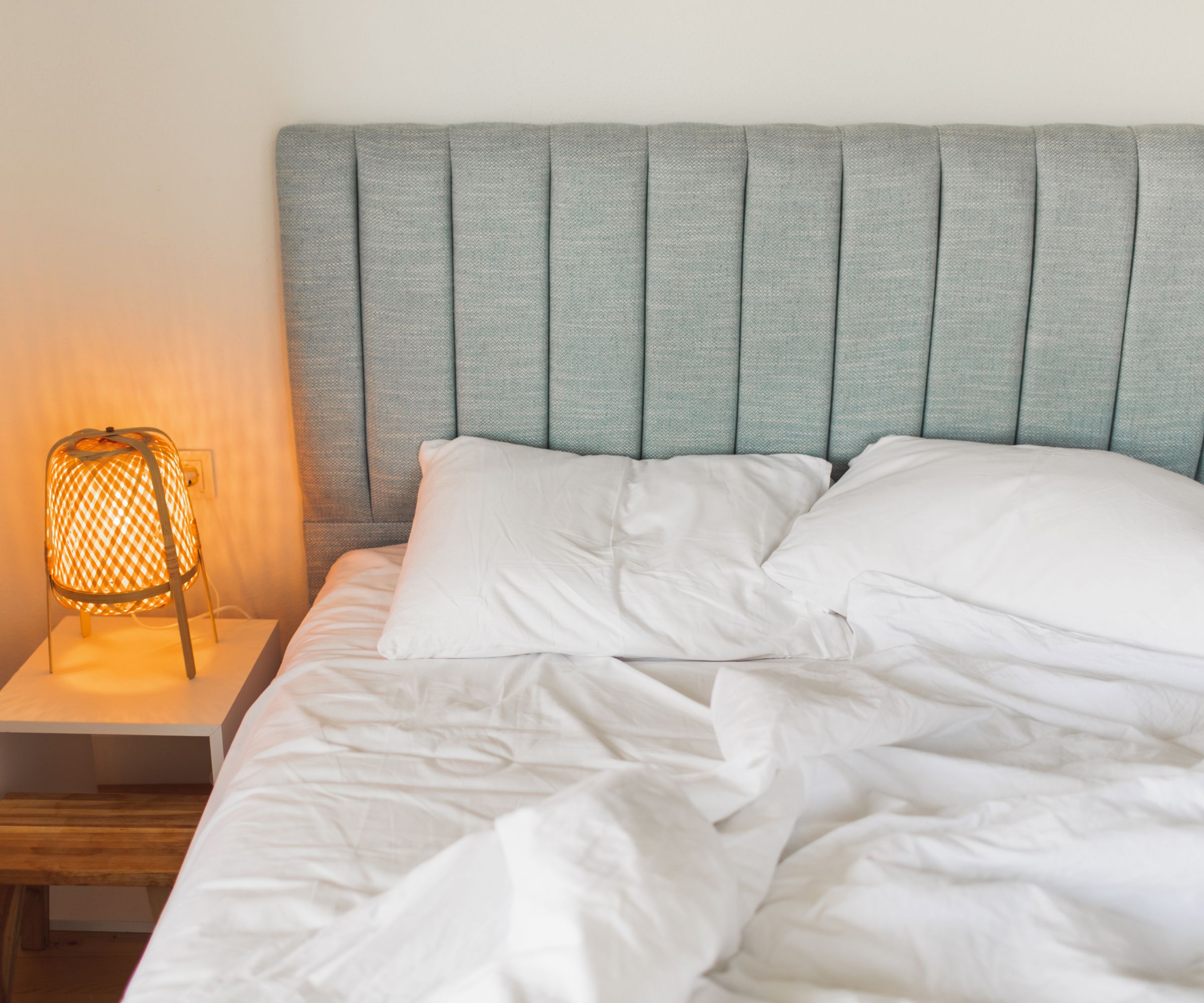
Before we begin, it always helps to define our terms. Fiberglass, also known as 'glass wool', is what you get when you combine glass fibers with a resin matrix to make a sort of reinforced plastic. Durable, affordable, and flexible, you'll find fiberglass in everything from hot tubs and surfboards to roofing and cladding.
Because it's cheap and heat-resistant, some mattress manufacturers incorporate an inner cover of fiberglass as a flame retardant. In case of a house fire, the fiberglass layer acts as a barrier, melting to slow the spread of the flames.
Is it okay for a mattress to have fiberglass?
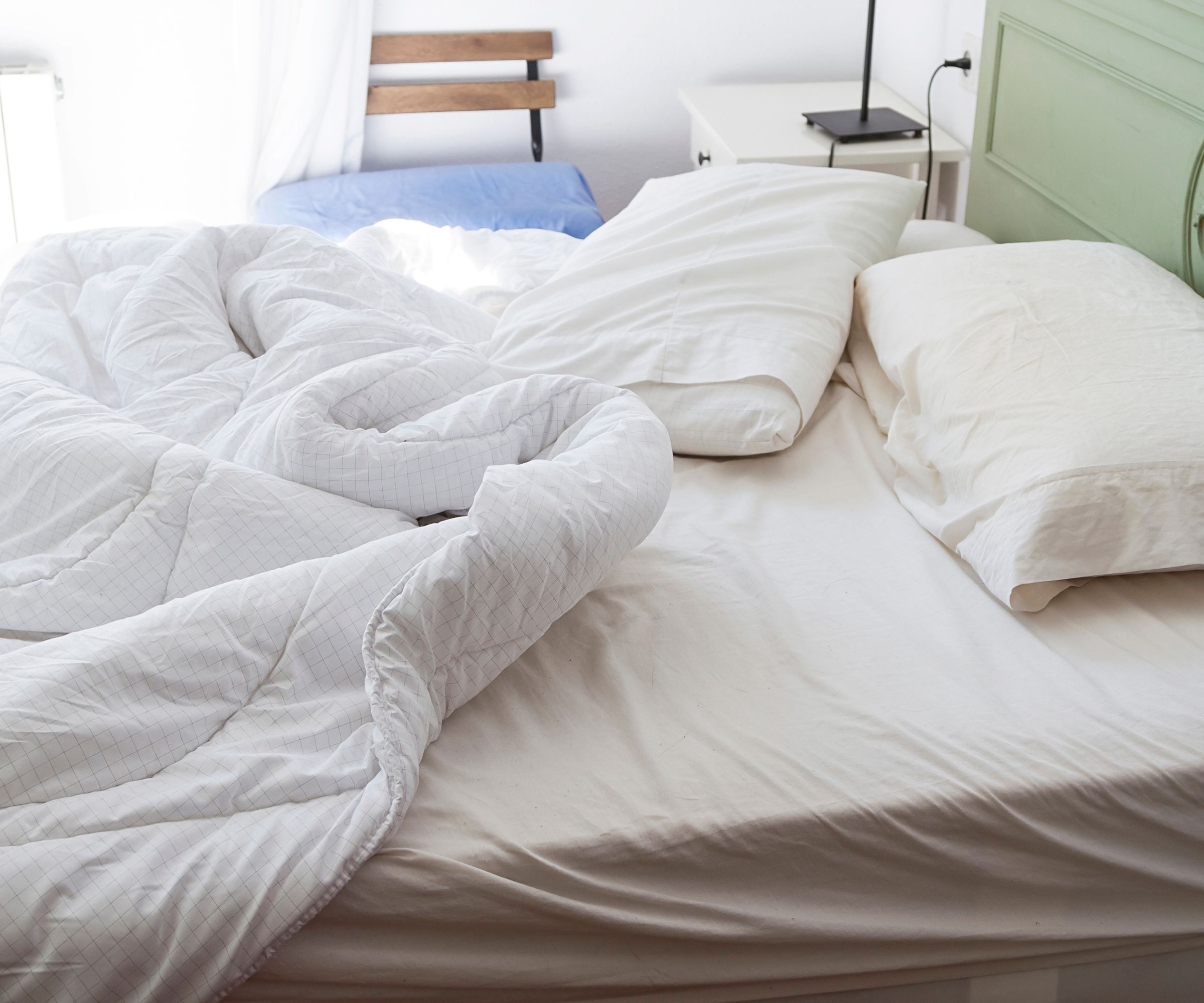
Fiberglass is an economical way for mattress manufacturers to meet the federal standards of fire safety, as set by the US Consumer Product Safety Commission. 'When contained inside the mattress, fiberglass is generally not going to pose a major problem,' confirms Derek Hales, CEO and founder of the mattress testing platform, NapLab. If you find that your current mattress contains fiberglass, don't panic – but be sure to take extra care when moving or cleaning your mattress.
It's only through exceptional wear and tear, or the intentional unzipping of your mattress cover, that fiberglass threads might work their way out of the mattress to become airborne. I asked Dr. Danielle Kelvas, Chief Medical Advisor at Sleepline, to tell me more about the long-term effects of exposure to fiberglass.
Although researchers are yet to draw definitive conclusions, Dr. Danielle believes that 'aerodynamic fiberglass particles are small enough to be inhaled into the nose, mouth, and throat,' which could lead to itchy skin, sore throats, and red eyes. Dr. Danielle clarifies that 'current research shows that fiberglass appears to be too large to penetrate deeper tissue within the lungs.'
If you already own a mattress with fiberglass, and you're wondering whether to throw it out, ask yourself whether you're experiencing any skin or eye irritation or whether you're having trouble breathing. If you are, then I suggest you shop for a new mattress. There are plenty of mattress manufacturers that use natural materials, such as wool and cotton, to make a non-toxic flame barrier. None of the best places to buy a mattress would incorporate fiberglass.
If you aren't experiencing any side effects from fiberglass exposure, and you'd rather not buy a new bed, then you could stick with your old mattress. I'd suggest you buy one of the best mattress protectors for some peace of mind.
How to tell if your mattress has fiberglass
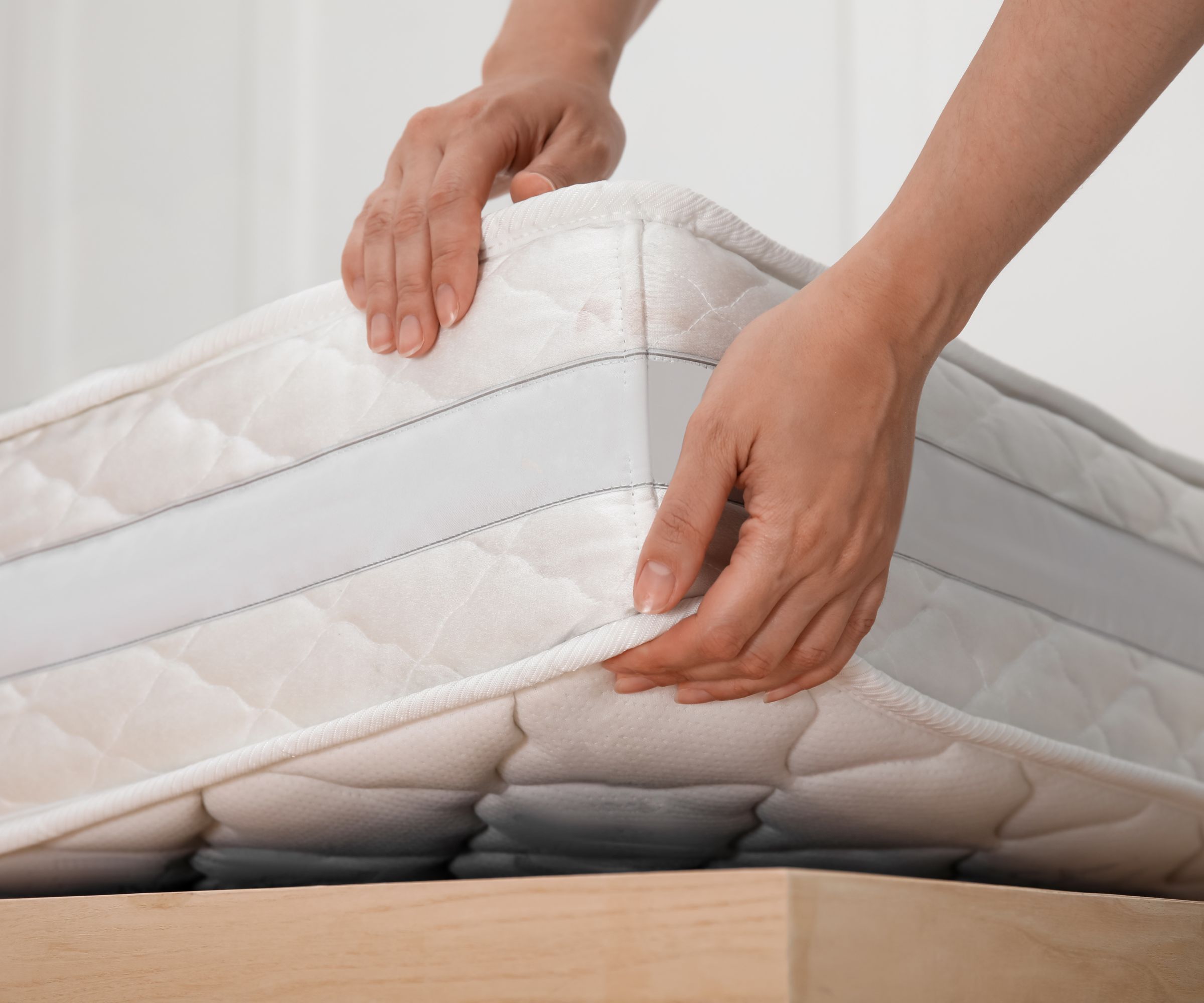
- Check the specs: head to the manufacturer's website and select the product listing for your mattress. As you're reading through the list of materials, keep an eye out for references to 'fiberglass', 'glass fibers', 'glass wool', or 'silica'. Although not synonymous with fiberglass, silica is one of the materials that makes up fiberglass. 'If you see references to silica, but not to fiberglass, then this could be an example of greenwashing,' says Corinne Segura, a leading building biologist and the founder of My Chemical-Free House.
- Inspect the mattress cover: peel back your fitted sheet and take a good look at the outer cover of your mattress. If you notice any small, shiny fibers protruding from the mattress cover or seams, then it might be a sign of fiberglass. Don't touch − you don't want fiberglass threads on your hands.
- Read product reviews: if you can't tell whether your mattress contains fiberglass, then search for reviews from other customers who have purchased the same mattress make and model. Such negative reviews might be buried at the bottom of the comment section, so it's worth filtering for reviews with a lower star rating.
Our favorite fiberglass-free mattresses
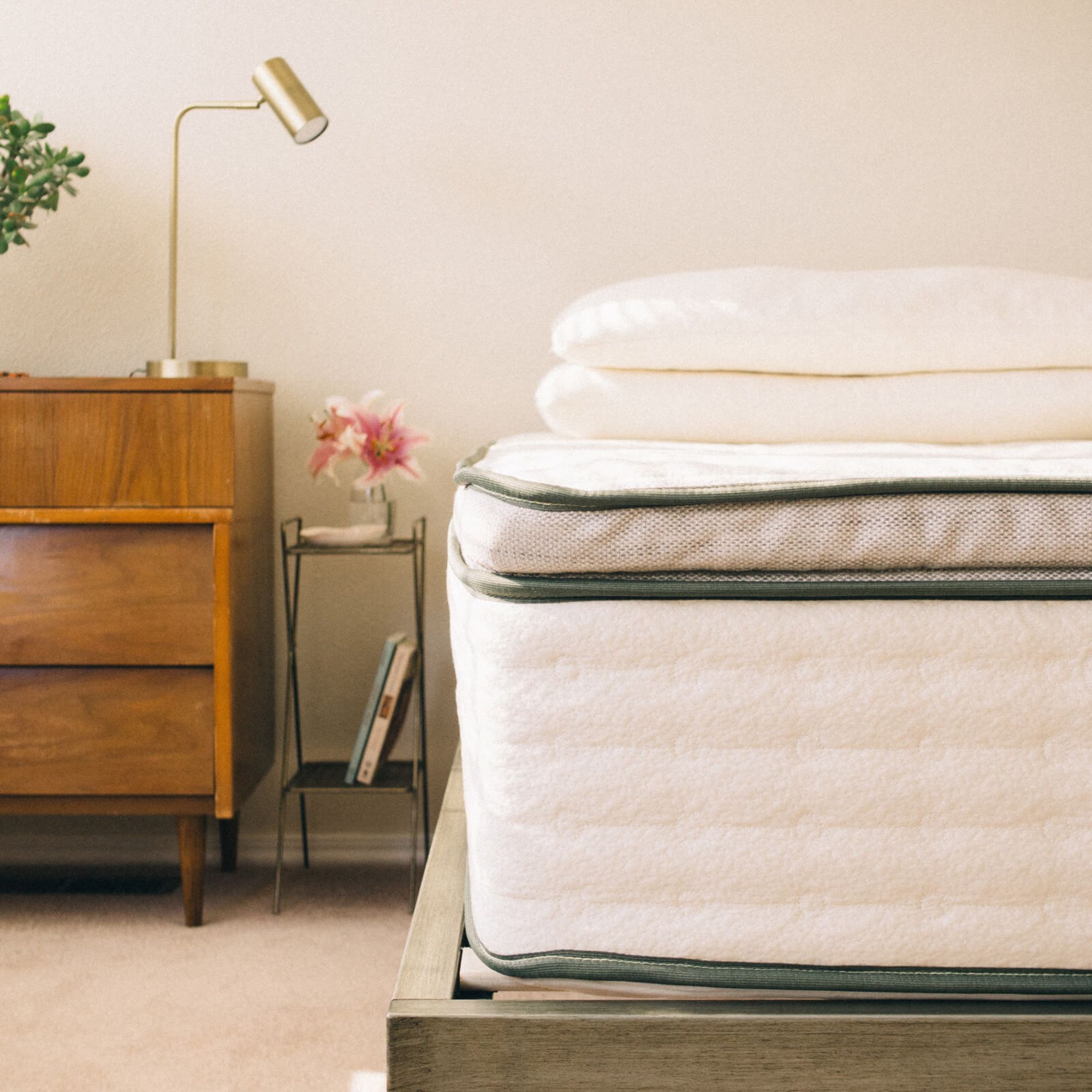
Avocado uses organic wool as a natural fire retardant in this organic mattress. Wool is more than a flame barrier – it's a great thermoregulator and moisture-wicker, helping to keep hot sleepers cool and dry overnight.
You can find more detail in our Avocado Green Mattress review.
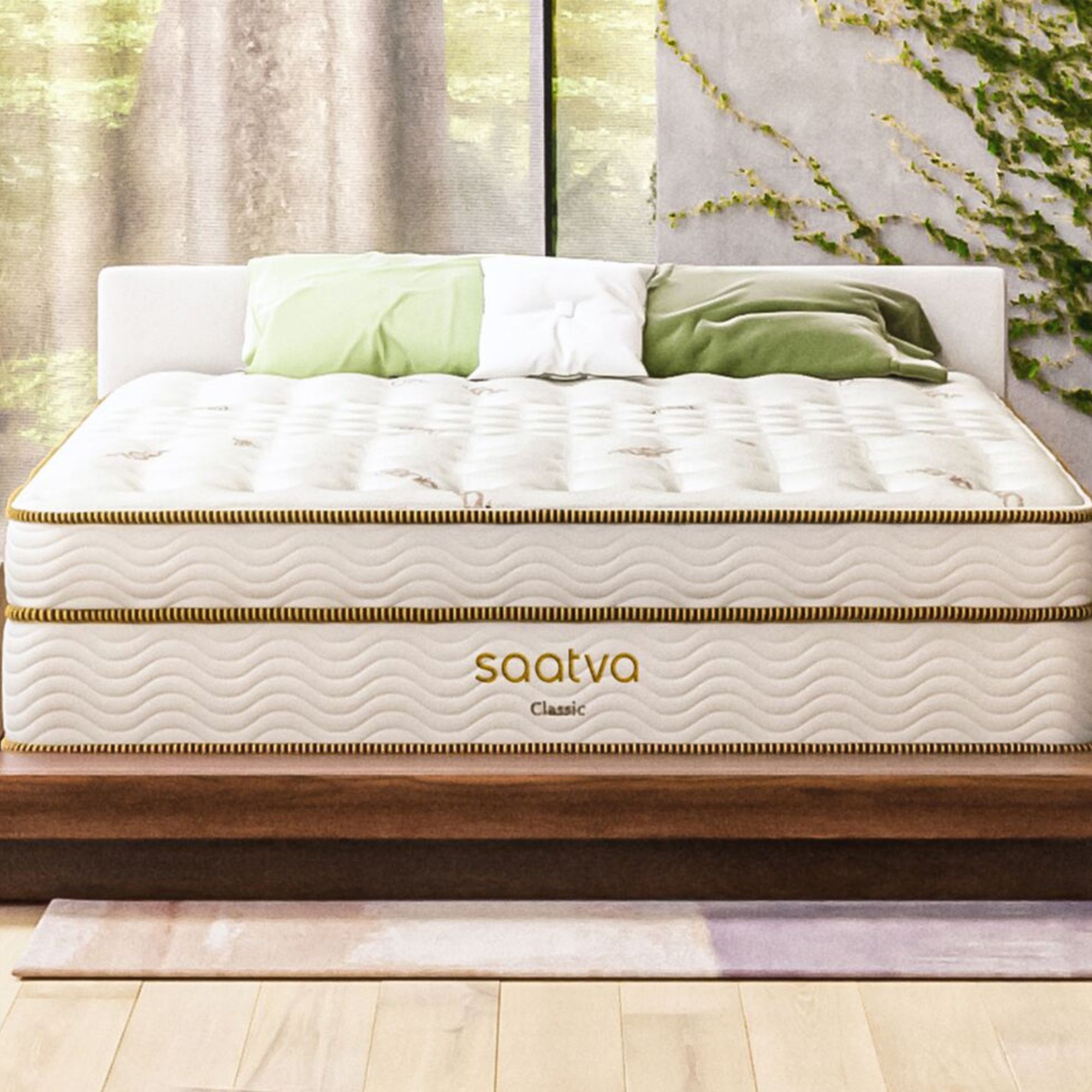
The Saatva Classic Mattress is our reigning champion for the title of 'best mattress' – luckily, it's also fiberglass-free. Instead, Saatva uses a plant-based flame retardant, made from thistle pulp and bonded with polyester.
You can find more detail in our Saatva Classic Mattress review.
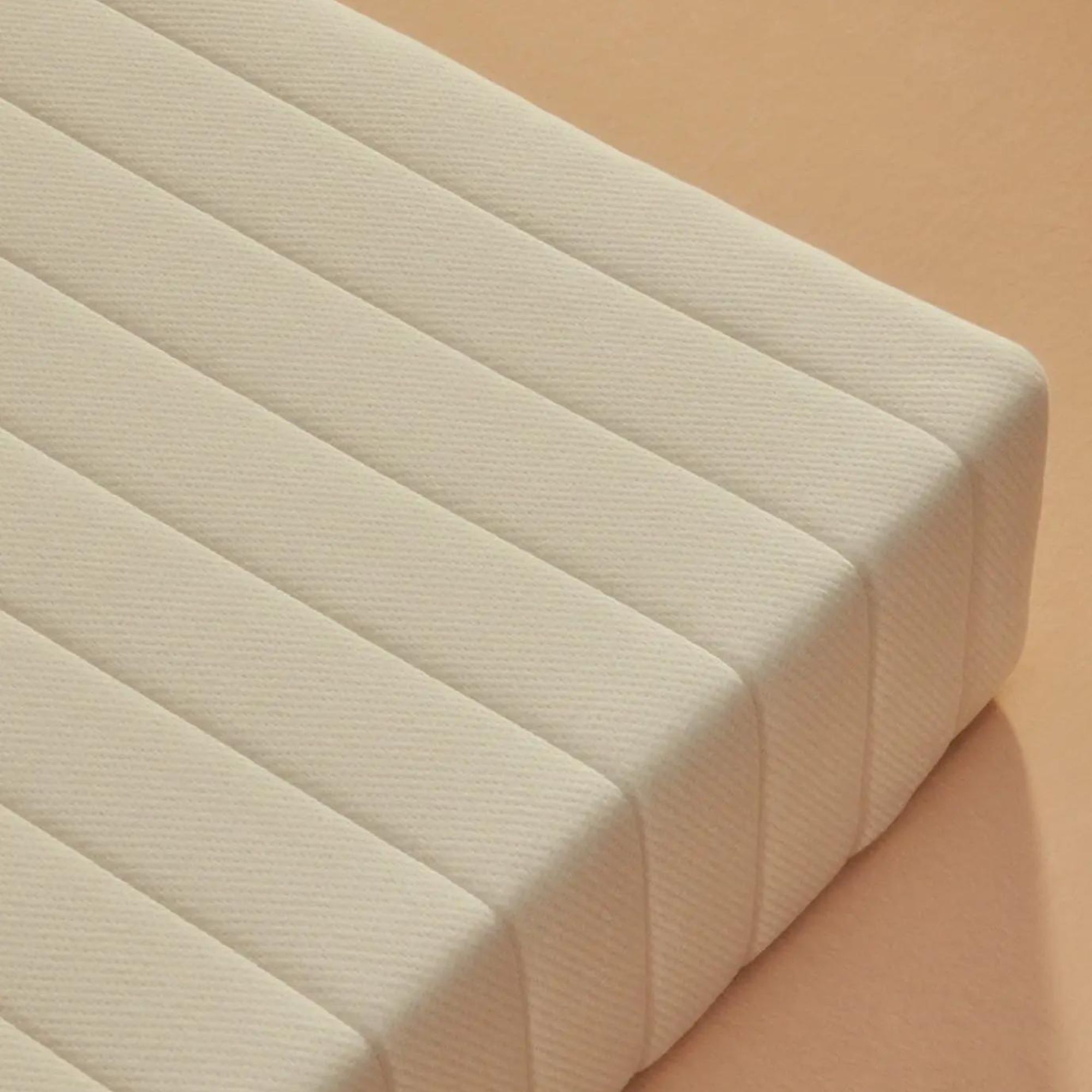
This organic mattress is filled with natural latex and wrapped in New Zealand wool for flame-safe sleep. Retailing for just $999 for a Queen, the Earthfoam Organic Mattress is the best non-toxic mattress for buyers on a budget.
You can find more detail in our Earthfoam Organic Mattress review.
Final thoughts
If you suspect that fiberglass is leaking from your mattress, then it's time to take steps to control the issue. Switch off your HVAC system to slow the circulation of contaminated air. Then, call a professional cleaning crew. Trust me − between the cost of the protective gear and the difficulty of capturing such fine fibers, it's far safer and more affordable to let the professionals get to work.
Sign up to the Homes & Gardens newsletter
Design expertise in your inbox – from inspiring decorating ideas and beautiful celebrity homes to practical gardening advice and shopping round-ups.

Emilia is our resident sleep writer. She spends her days tracking down the lowest prices on the best mattresses and bedding and spends her nights testing them out from the comfort of her own home. Emilia leads a team of testers across America to find the best mattress for every sleep style, body type, and budget.
Emilia's quest to learn how to sleep better takes her all around the world, from the 3Z mattress factory in Glendale, Arizona to the Hästens headquarters in Köping, Sweden. She's interviewed luxury bedding designers at Shleep and Pure Parima, as well as the Design Manager at IKEA. Before she joined Homes & Gardens, Emilia studied English at the University of Oxford.
-
 How to grow impatiens – garden experts reveal the secrets to growing this shade-tolerant, sparkling summer plant
How to grow impatiens – garden experts reveal the secrets to growing this shade-tolerant, sparkling summer plantBoth 'Busy Lizzie' and 'New Guinea' impatiens can thrive in shady yards
By Ellen Wells Published
-
 Charli XCX's dining room is a 'treasure-trove' of one-of-a-kind pieces – it's the most unique hosting space I've ever seen (and surprisingly replicable)
Charli XCX's dining room is a 'treasure-trove' of one-of-a-kind pieces – it's the most unique hosting space I've ever seen (and surprisingly replicable)The singer's Tudor-style dining room features eclectic furnishings, a mix of patterns and bright colors that all work together beautifully
By Hannah Ziegler Published